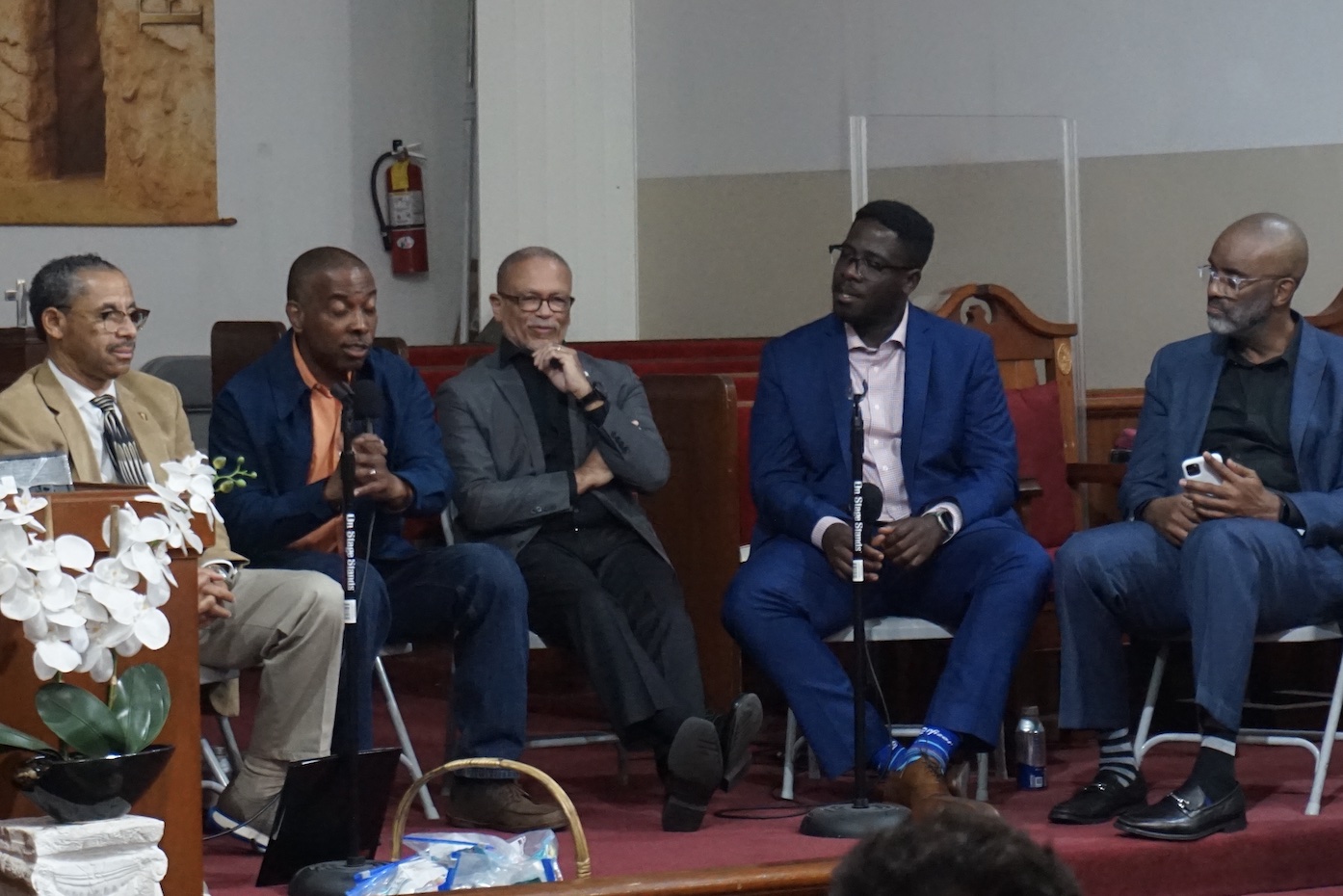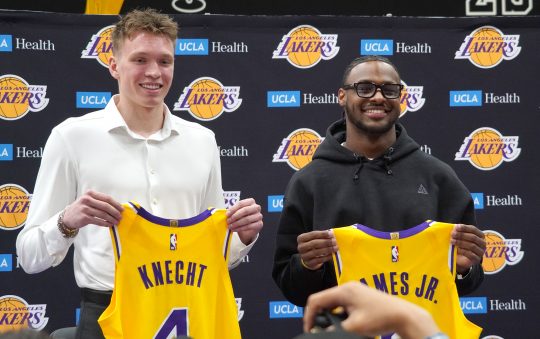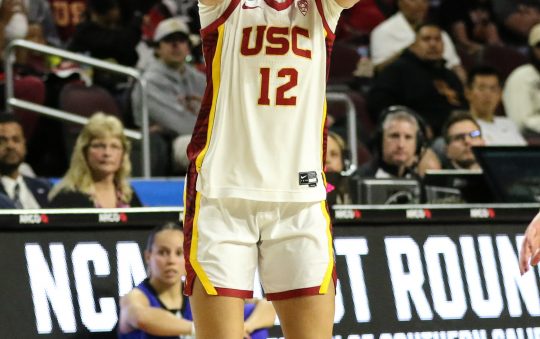
On Thursday, May 25, local medical professionals gathered for a panel to discuss pharmacy deserts in South Los Angeles at St. Mark United Methodist Church.
Hosted and led by Dr. Dima M. Qato, associate professor at USC Mann School of Pharmacy and Pharmaceutical Sciences, the panel included Dr. Jerry Abraham, Kedren Community Health Center; Dr. Oliver Brooks, chief medical officer Watts Healthcare Corporation; Dr. David M. Carlisle, MD, PhD, president and CEO Charles Drew University of Medicine and Science; La Shawn K. Ford, Illinois General Assembly representative; Melvin Thompson, Chicago community leader; Dr. Ibrahim A. Younis, pharmacy partners lead, Los Angeles County Department of Public Health; and Dr. Rickie Keys from The Equitable Growth Fund.
“A pharmacy desert is a neighborhood where most people live far away from their nearest pharmacy,” said Qato. “It’s hard for them to get their medication, go to the pharmacy and pick up their medications. It’s very inconvenient.”
Related Links:
https://lasentinel.net/st-mark-umc-sponsors-community-health-fair.html
https://lasentinel.net/st-mark-umc-opens-community-computer-lab.html
According to USC research, Black and Latino neighborhoods in larger U.S. cities had fewer pharmacies than White or diverse neighborhoods from 2007-2015. A study conducted by Qato and other co-authors found in 2020, pharmacies in Black and Latino neighborhoods were more likely to close and less likely to offer immunization, 24-hour, and drive-through services than pharmacies in other neighborhoods.
The panel presented by USC’s Dornsife Spatial Science Institute, Alfred E. Mann School of Pharmacy and Pharmaceutical Sciences and Leonard D. Schaeffer Center for Health Policy & Economics along with the Southern California Clinical and Translational Science Institute (SC CTSI) and the Community Scholars Collaborative on Health Equity Solutions, spoke on causes and possible solutions of pharmacy deserts in South L.A.
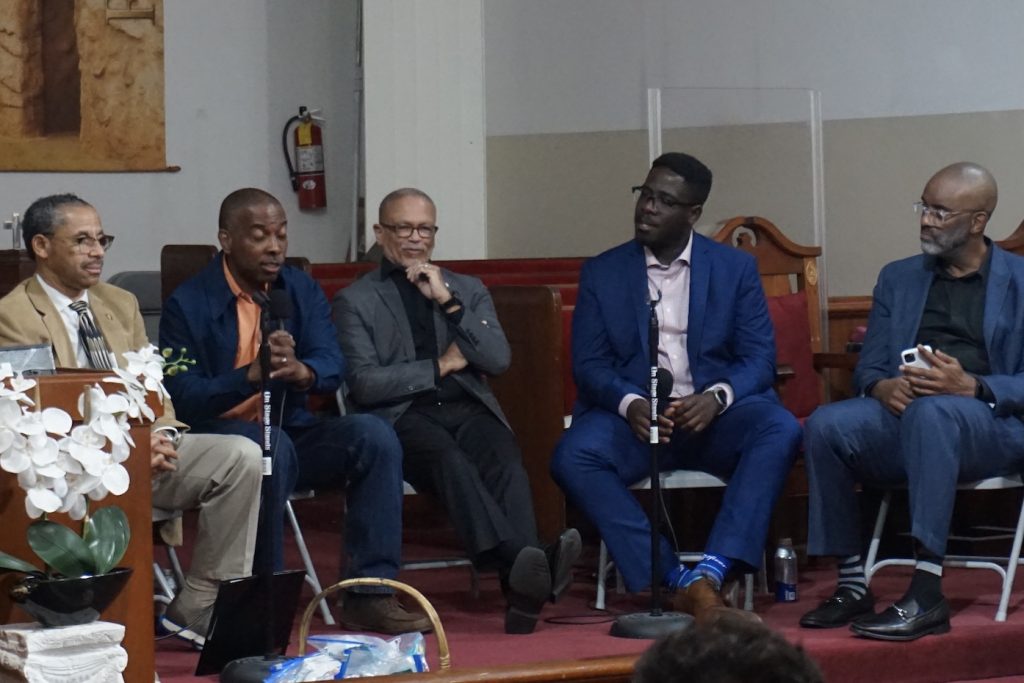
“Ultimately, it’s economics,” said Brooks about the possible causes of pharmacy deserts. “These pharmacies don’t want to be in poor neighborhoods because they’re concerned about the fact that people may not be able to patronize them because they can’t pay.”
Brooks continued, “They’ll have more issues with prescriptions getting filled. They don’t have a commitment to the community.”
“To make a desert, you take away the water,” said Carlisle. “To make a pharmacy desert, you take away the funds to support prescription services and that’s one of the challenges in California.”
Carlisle continued, “Communities don’t have the resources that’s why their called underfunded resource communities and because they don’t have the resources, they become underserved communities.”
Members from the community shared some of their experiences with the panel. Some received their medications via mail or had access to better service through being a member of a retail store. Most of the community, along with some on the panel, must drive to other neighborhoods for their pharmacy needs. Thompson has experience with pharmacy deserts in Chicago and shared information about how the community can get involved with change.
“A better-informed citizenry will be the beginning solution to correcting that, so people just don’t have their way with our health,” said Thompson.
“We don’t have access and access is the biggest thing—always.”
“The solution would be to have incentives for these pharmacies to be in these neighborhoods: pay them more for filling the prescriptions, give them some tax breaks, allow them other amenities [like] lower lease rates,” said Brooks.
“It always comes down to money.”
“In order for this issue to be resolved, it has to be a lot of reforms like reimbursement for medication and pharmacy services,” said Younis.
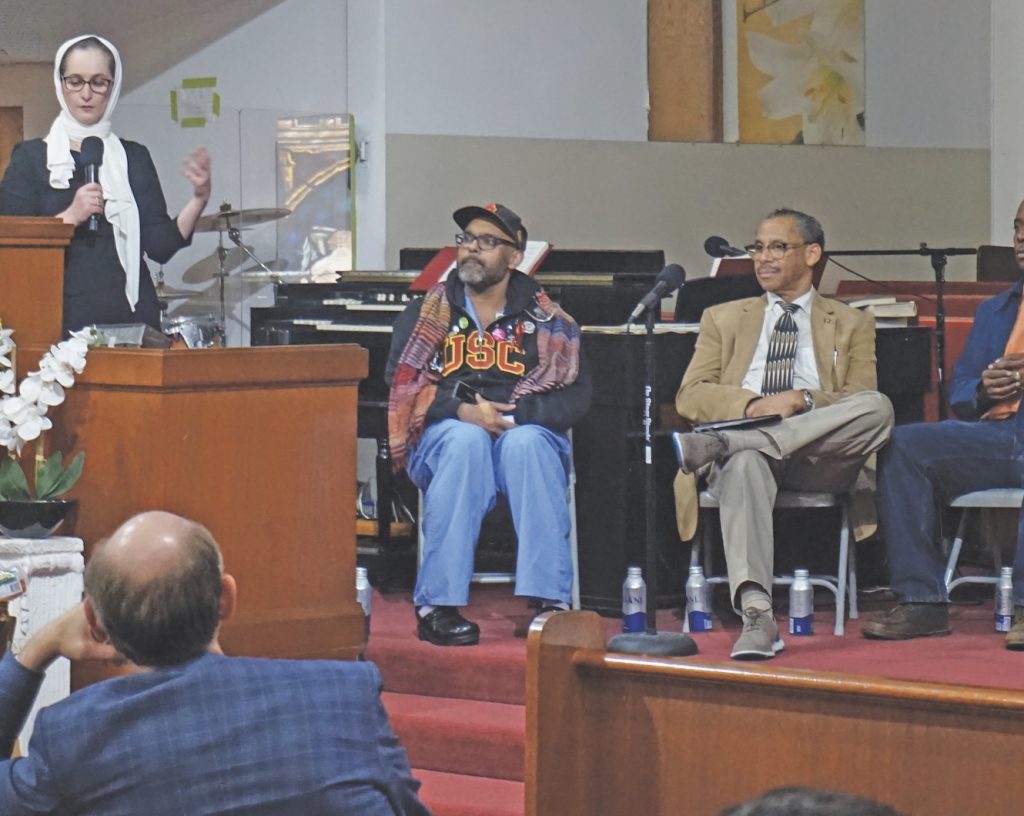
He continued, “Currently, a lot of pharmacies do not reimburse, for example, when a pharmacist provides a vaccine, they either get pennies on a dollar or they don’t get reimbursed anything at all and causes a lot of loss revenue and that causes a lot of pharmacies to close.
“And also, we have a lot of competition, we might have to regulate the distance between each pharmacy and how close they can be to each other.”
“This is about measure, if you can’t measure something, you can’t manage it,” said Keys.
“If you’re working with legislators or elected officials, until you let them know that you know, and you have the data to support what you’re saying, you’re never going to see any incremental change.”
“We have to improve payment reimbursement for pharmacies in neighborhoods in order for them not to close but also to encourage pharmacies to come and open in those neighborhoods to make sure it’s financially sustainable for them,” said Qato.
“We need to spread the word more; this is an important topic,” said Rev. Gary Bernard Williams, pastor of St. Mark Los Angeles United Methodist Church.
“For me, it’s an opportunity to really continue to engage our community to shine a light on the needs and issues that’s important to this neighborhood. We’re grateful to be able to host this.”
Tyrone Nance, a community organizer with SC CTSI, helped to put this townhall together.



